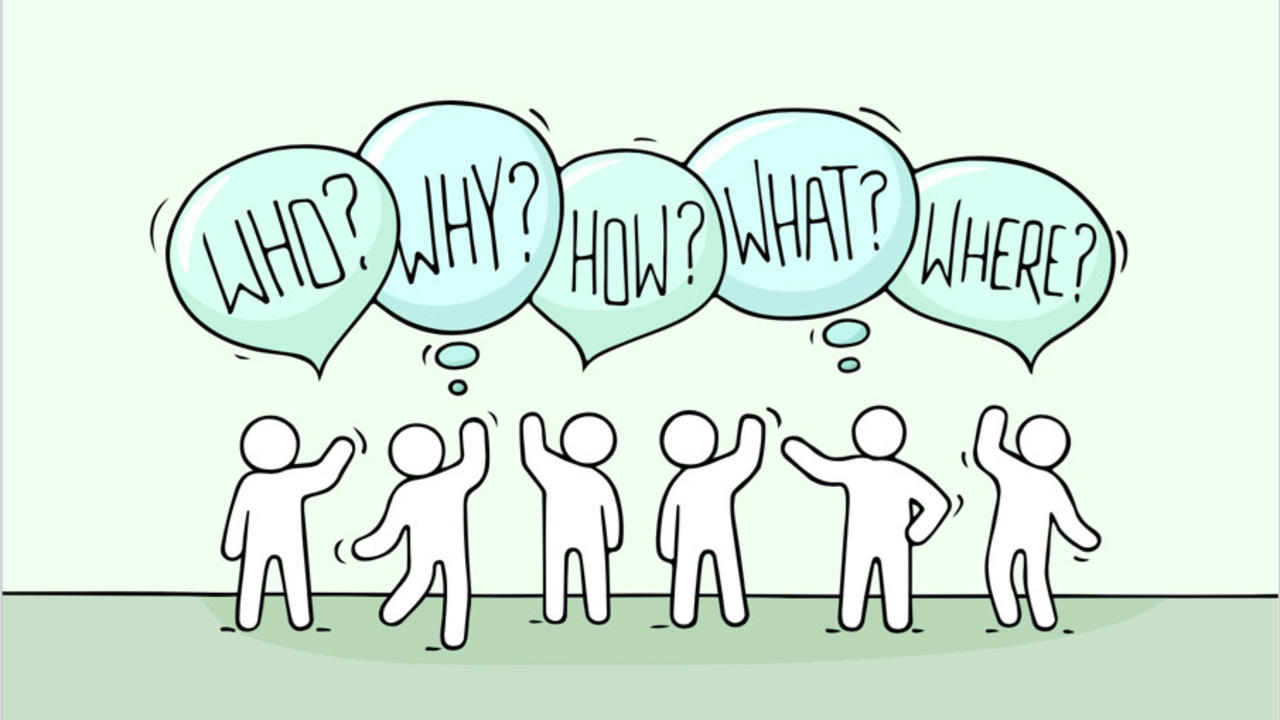A product can never be designed with your very first idea. Designing a product is a messy process. Generally, the actual output is expected to be equal to the desired output. However, you will have to pass through multiple iterations to reach the ideal state. While designing, you will also come across various mistakes that you had made.
Here, we will understand the difference between the expectation and the reality of product design.
Expected Use of Product Vs Actual Use
Some products are intended to be used in a certain way. However, in reality, we use them differently, and as long as we use them, we don’t care about how the product was supposed to be used. Bizarre!!! But true.
Expected Thinking Vs Actual Thinking
There are myriad reasons for lack of human-machine interactions. One of them is that humans believe that they are logical animals. In reality, we must accept human behavior as it is and design products that can mirror our thinking models.
Complete Information Vs Useful Information
Generally, we expect our users to go through all the information that we provided on our product or website. But, we forget to care about our user’s precious time by providing unnecessary information. Therefore, we must set our target audience and focus on giving information according to their requirements.
What User Needs Vs What We Provide
It is not necessary to keep redesigning or reinventing any product every time. You can stick to what works rather than designing a new innovative solution to bring better results. For instance, you made the UI of our product thinking it to be creative, while in the end, you noticed that your creativity added confusion for your users.
Change in Basics Vs Stick to Basics
It is wise to stick to the basics as they work so well. For instance, rather than simply displaying an icon, you must mention its name to avoid any confusion.
Work Without Thinking Vs Work After Asking the Right Questions

The project management team defines the path and solution for designing a product. Once it is done, the designer must talk to the project management team and ask the right questions (like “Which business problem are you trying to solve? Whether the proposed solution serves the purpose?”) rather than start working directly. This helps in proper business communication and makes you a better designer.
Difficult Vs Easy to Understand Web Content
A company’s website is a tool to drive potential users as it provides information about the company’s products or services. If your website content is easy to understand, it is more likely that the user will buy your product or service. Let us suppose your website lacks such content, then you can draw the attention of customers by preparing a separate presentation about your product/service.
Easy to Use Product Vs Complicated Product
A company must build its product that is easy to use. We must not complicate our products by augmenting useless features to the existing product as it no longer remains usable and understandable. You must not try to match the product features of your competitors because the customer will have no reason to prefer one over another, and this will hurt you. However, you must concentrate on areas where your product excels and focus on your strengths to stand out.
Ask Users What They Want Vs Give Users Want They Don’t Even Know They Need
It is imperative to find out how people feel about things today. But, it is useless to know what people think will work tomorrow. Generally, we gather the numbers and results and turn them into a belief system. So, it is wise to research in the right manner.
The best brands (like Starbucks and Nike) focus on delivering solutions that consumers don’t even know they require.
Small Vs Large Product Design Team

Small product design team having 2 to 3 decision-makers can be a great factor of success. Although it is challenging to build a product with such a small team, it will not be difficult to redesign a brief or defying convention with real creative persons in a small team. Too many resources will only result in the final product that is over-designed, overworked, over-budget, and under-focused.
Time Dedicated to Use Your Product Vs Actual Time User Have
In case you want to add an extra layer of complexity to your product, you must keep in mind that with a lot of information flooded on the internet, users don’t have enough time to focus all their time and efforts on small details that do not matter to them. Hence, you must concentrate on being great at doing one thing.
Generally, people do not care to know how your product works. Once they nail down the use of your product, it is less likely that they will switch to something else.








